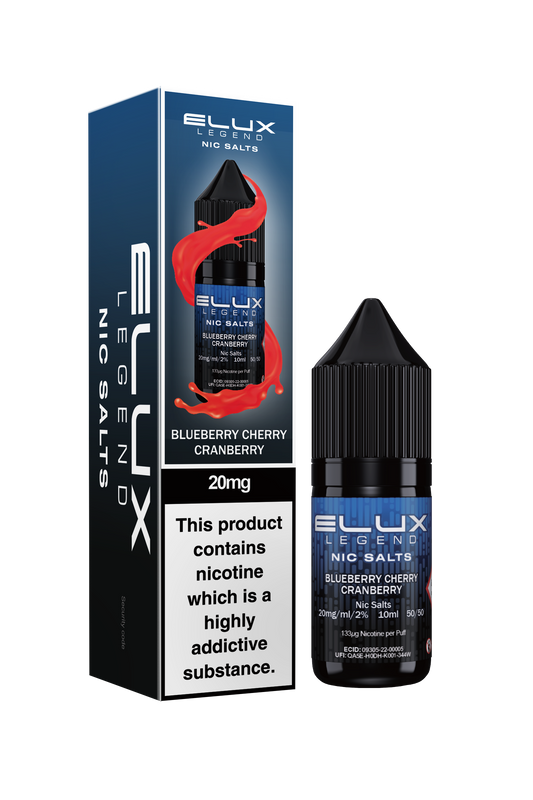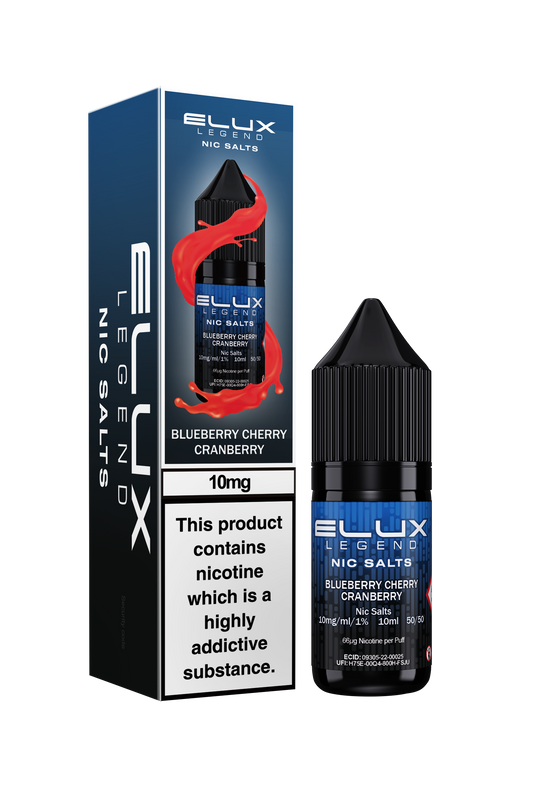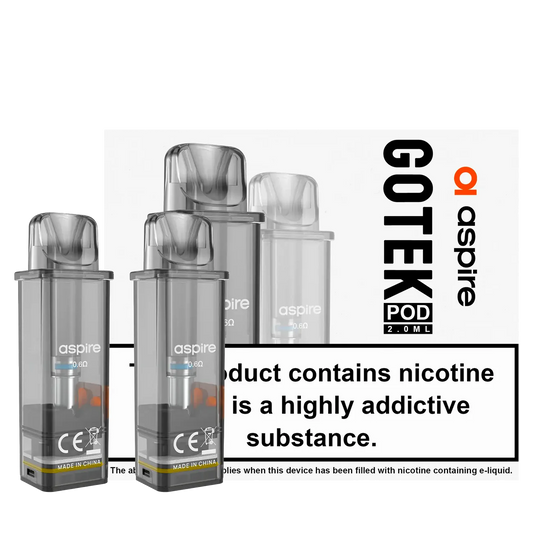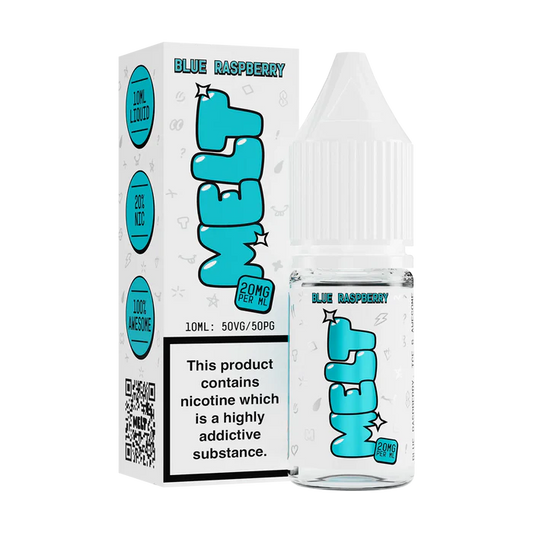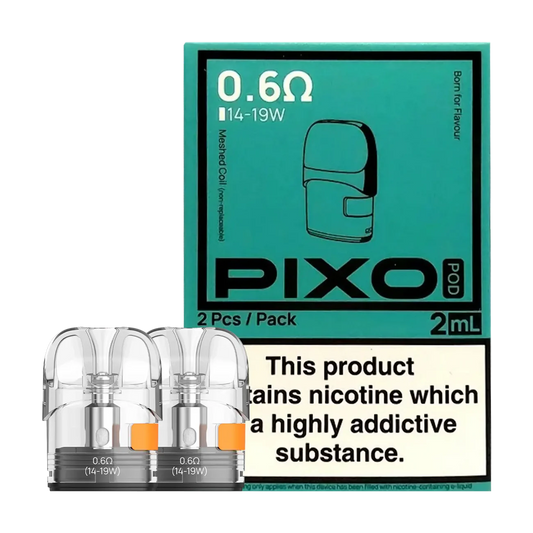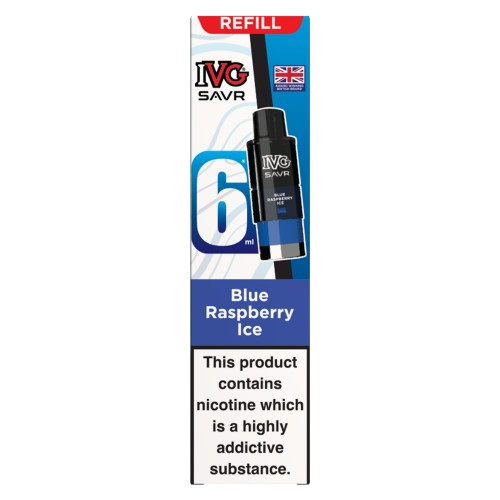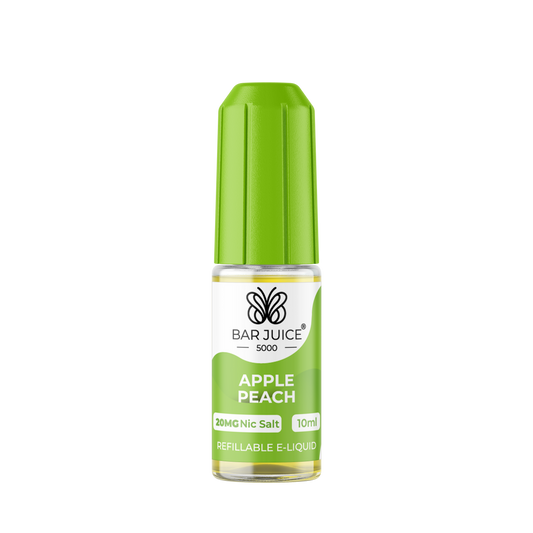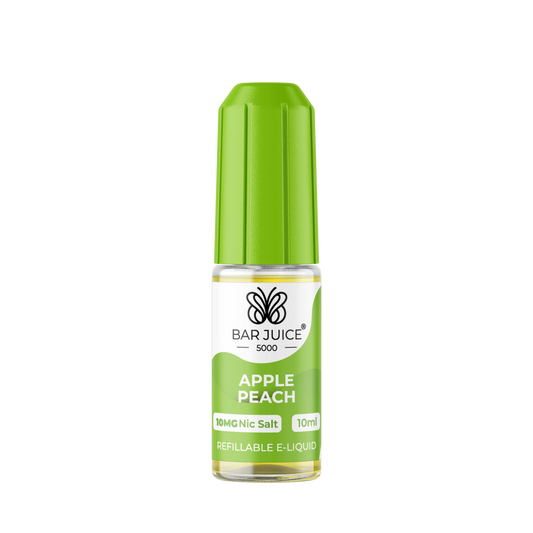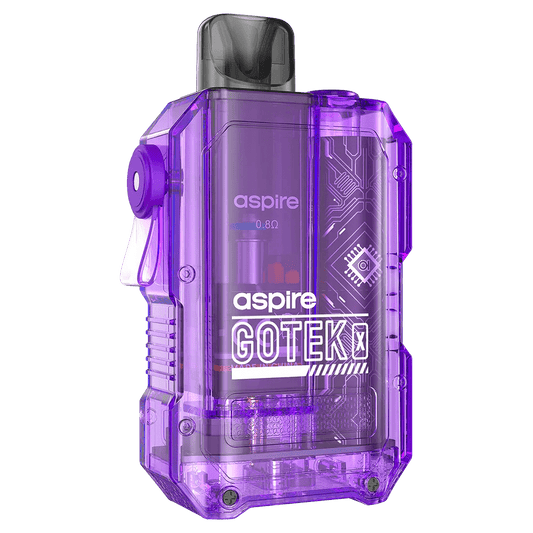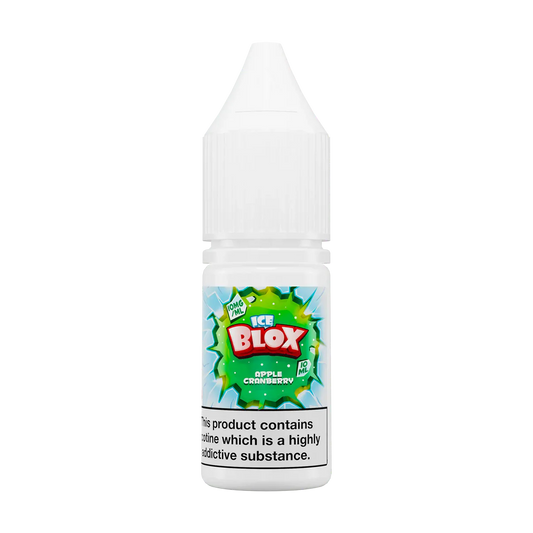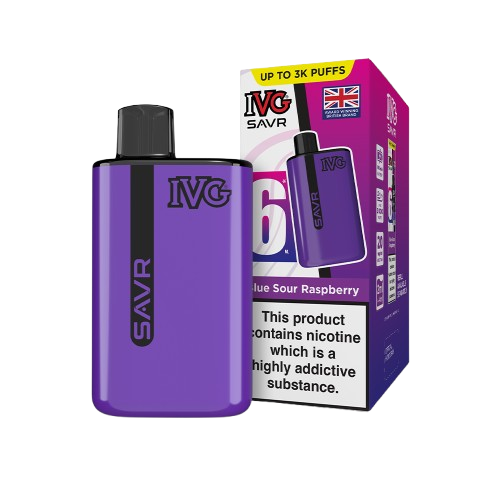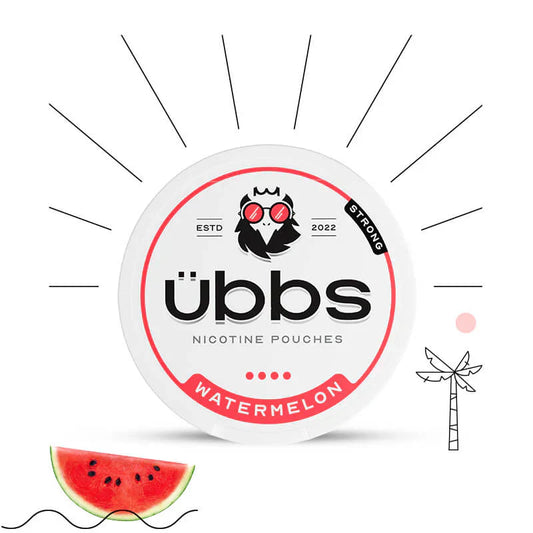What’s Really Getting Banned – and What Isn’t – and How We Can All Adapt
The UK’s decision to ban disposable vapes – set to take effect on June 1st, 2025 – has generated a whirlwind of debate, confusion, and, not least of all, misconceptions. Headlines and social media posts have led many to believe that the entire vaping industry is being swept away. However, the reality is far more nuanced. In this post, we’ll take a deep dive into what the ban actually entails, dispel common myths, and discuss what both retailers and consumers must do to adapt in a way that benefits public health and the environment.
What Exactly Is Being Banned?
Defining “Disposable Vapes”
The government’s definition of disposable vapes is clear: these are products that are “neither designed nor intended to be re-used.” In practical terms, this means that any e-cigarette device that cannot be recharged or refilled is on the chopping block. Disposable vapes include those single-use devices – whether they contain nicotine or are nicotine free – that are meant to be discarded after their pre-filled e-liquid is finished. This ban aims to target products that contribute to both environmental waste and the rising incidence of youth vaping.
The Driving Factors: Health and Environment
Two main concerns prompted the introduction of the ban:
-
Youth Vaping:
Research indicates that disposable vapes have become the product of choice among younger users. Studies have shown that a significant portion of underage vapers opt for these single-use devices, attracted by their colourful packaging and sweet flavours. This has raised alarms about nicotine addiction among children and teenagers. -
Environmental Impact:
Disposable vapes contribute massively to waste. Millions of these devices are thrown away every week, and with built-in lithium batteries, they add to the burden of electronic waste and pose fire risks. Government data revealed that last year alone, millions of disposables ended up in general waste streams, wasting precious resources like lithium that could be recycled.
What isn’t Being Banned?
Reusable and Rechargeable Vaping Devices
One of the most common misconceptions is that all vaping devices will be banned. Nothing could be further from the truth. The ban specifically targets disposable, single-use vapes. Devices that are designed to be used repeatedly remain legal. This includes:
-
Refillable Pod Systems:
Products that use pods which can be refilled or replaced separately from the device are allowed. These systems are designed so that the main unit is rechargeable, while the consumable parts (pods, coils, e-liquid) are sold separately. -
Rechargeable Vape Mods and Kits:
Even if a device has a non-removable battery, it is permitted as long as it is rechargeable. The idea is that consumers should invest in products that last longer, reducing waste and encouraging proper recycling practices.
In short, if your vape is built for the long haul—designed for recharging and refilling—then it will not be affected by the ban.
Vape Flavours, Nicotine Levels, and Smoking Cessation Tools
Another point of confusion is that some believe the ban will strip vapers of their favourite flavours or even their tools for quitting smoking. The ban is not a blanket prohibition on flavours or nicotine content. Instead, it is solely focused on the device type. Flavoured e-liquids and refillable products that aid smokers in their transition away from cigarettes will continue to be available. In fact, many public health advocates stress that vaping (especially with refillable devices) remains a valuable harm-reduction tool for adult smokers.
Common Misconceptions Debunked
Misconception #1: “All Vaping is Being Banned”
Perhaps the most widespread myth is that the government is outlawing vaping altogether. In reality, the ban targets only disposable, single-use devices. Regular users who have invested in rechargeable, refillable products will see no change in their options. The move is intended to encourage a shift from disposable to sustainable vaping practices, rather than an end to vaping as a whole.
Misconception #2: “The Ban is Immediate”
Many headlines imply that once the ban is announced, disposable vapes will suddenly vanish from shelves. However, businesses have been granted a transitional sell-through period. Retailers can continue selling existing stocks until June 1st, 2025, after which any unsold disposable vapes must be removed and recycled. This grace period allows both businesses and consumers time to adjust to the upcoming changes without abrupt disruption.
Misconception #3: “Vape Flavours and Nicotine are Also Banned”
Another rumour swirling online suggests that all vape flavours or even nicotine content might be restricted under the ban. In fact, the ban is solely focused on the device’s reusability. Flavours, nicotine strengths, and the design of e-liquids remain unaffected. This means adult smokers who rely on flavoured e-liquids for smoking cessation can continue to enjoy them with their refillable devices.
Misconception #4: “This Ban Will Drive Users to the Black Market”
Critics and industry stakeholders sometimes warn that restricting disposable vapes will push consumers into the arms of an unregulated black market. While any regulatory change carries some risk of illicit activity, it is important to remember that the ban is accompanied by enhanced enforcement measures. Trading Standards officers and other regulatory bodies will be closely monitoring compliance, with penalties including fines and, in extreme cases, imprisonment. Moreover, by making sustainable alternatives readily available and affordable, the hope is that consumers will naturally transition rather than seek out illegal options.
Misconception #5: “Disposable Vapes Are the Only Problem”
Some detractors argue that disposable vapes aren’t inherently problematic since they are “safer” than traditional cigarettes. While it is true that vaping is generally less harmful than smoking, the issues with disposable vapes lie elsewhere. The single-use nature of these products contributes significantly to environmental degradation and waste. Moreover, their design and marketing have made them particularly attractive to minors—a public health risk that goes beyond the relative harm compared to tobacco.
How Retailers and Consumers Must Adapt
For Retailers: Compliance and Transition
Retailers are on the front line of this regulatory change, and they will need to take several concrete steps:
-
Sell-Through of Existing Stock:
Retailers must monitor their inventory of disposable vapes closely. With the deadline set for June 1st, 2025, any unsold disposable vapes must be removed from shelves. Many local councils and regulatory bodies (such as Trading Standards) will enforce this strictly, issuing fines for non-compliance. -
Transition to Compliant Products:
It is essential for retailers to shift their focus to devices that meet the new regulatory criteria—namely, rechargeable and refillable vaping devices. This may involve establishing new supplier relationships, rearranging store displays, and training staff to assist customers with the transition. Retailers must also ensure that replacement parts (such as pods, e-liquid bottles, or coils) are readily available. This demonstrates compliance with the regulation that an “average user” can separately purchase all components necessary to maintain their device. -
Recycling and Take-Back Programs:
Alongside removing non-compliant stock, retailers are expected to offer recycling or “take-back” services. Some guidance from local authorities advises that any disposable vapes must be handed over to designated recycling schemes rather than being thrown away. This not only helps the environment but also protects retailers from further penalties. -
Clear Communication with Customers:
Transparency is key. Retailers should clearly explain the changes to their customers, emphasizing that the ban does not affect all vaping products and that sustainable, reusable alternatives are available. This is especially important for customers who rely on vaping as a smoking cessation tool.
For Consumers: Making the Switch
Consumers who currently use disposable vapes may feel anxious about the upcoming ban. However, the transition to compliant products offers several benefits:
-
Switching to Refillable Devices:
For many, the natural progression is to move from disposable vapes to devices designed for long-term use. Refillable pod systems, vape pens, and mods not only reduce environmental waste but often provide a more cost-effective solution over time. Although the upfront cost might be slightly higher, the long-term savings are significant. -
Learning Proper Recycling Practices:
One of the key challenges with disposable vapes is improper disposal. Consumers need to understand that even though their disposable device may have a rechargeable battery, it must not be discarded in general waste. Instead, it should be returned to a designated recycling facility or taken back to a retailer offering a take-back service. -
Staying Informed on Product Innovation:
The vaping industry is adapting quickly. Many manufacturers are developing new products that meet regulatory standards while still offering the convenience that users love. It’s important for consumers to stay updated on these innovations and take advantage of educational resources from reputable sources to make an informed choice. -
Engaging with the Community:
Consumers can benefit from joining vaping forums, reading reviews, and talking to local vape shop owners about the best transition strategies. The collective experience can offer insights into which products offer the best performance and sustainability.
The Broader Context: Why This Ban Matters
Addressing Public Health Concerns
The rising popularity of disposable vapes among young people has been one of the most significant factors driving this legislation. Studies have indicated that a worrying number of teenagers are experimenting with or regularly using disposable vapes. Despite laws prohibiting sales to minors, attractive flavours and eye-catching packaging have made these products accessible to underage users. Health experts warn that nicotine exposure during adolescence can have lasting effects on brain development and increase the risk of addiction later in life.
Moreover, while vaping has been championed as a safer alternative for adults looking to quit smoking, its proliferation among non-smokers—especially the youth—undercuts its potential public health benefits. The ban, therefore, is a dual-action measure: it not only aims to protect children from nicotine addiction but also addresses the wasteful, throwaway culture that disposable vapes perpetuate.
Environmental Benefits
Disposable vapes contribute significantly to the mounting problem of electronic and plastic waste. With millions of these products discarded every week, the environmental impact is substantial. The built-in lithium batteries, if not disposed of correctly, pose a risk of fire and contribute to hazardous waste. By enforcing the ban, the government is taking a decisive step toward reducing waste, encouraging the use of longer-lasting, recyclable products, and ultimately moving toward a more sustainable economy.
Looking Forward: A More Sustainable Vaping Future
Regulatory Evolution and Innovation
The disposable vape ban is just one element of a broader regulatory framework, which also includes the proposed Tobacco and Vapes Bill. This new legislation aims not only to phase out tobacco for future generations but also to set stringent standards for all vaping products regarding advertising, packaging, and sale. While these measures have sparked controversy, many health organizations and environmental advocates support the move as a necessary step toward protecting public health and the environment.
Manufacturers are already responding by redesigning products to be “rechargeable” and “refillable.” However, experts caution that if these new products are priced similarly to disposable models, consumers may continue to treat them as single-use items—thereby undermining the environmental benefits of the new regulation. It will be crucial for both the industry and regulatory bodies to educate consumers on proper use and recycling practices to ensure that these innovations translate into real waste reduction.
Educating Consumers and Retailers
One of the most important steps toward success will be education. Both retailers and consumers need to understand that the ban is not an anti-vaping measure but an environmental and public health one. Retailers should offer clear information about which products comply with the new regulations and provide guidance on recycling and responsible disposal. Consumers, on their part, must be encouraged to adopt a more sustainable vaping lifestyle—choosing devices that can be recharged and refilled and learning how to recycle their devices properly.
The government, industry associations, and environmental groups are expected to roll out extensive public awareness campaigns. These campaigns will be key to dispelling myths and helping the public understand that the ban is part of a necessary evolution in the way we approach vaping in the UK.
Innovation in Recycling and Waste Management
An essential component of this new chapter in vaping regulation is the improvement of recycling infrastructure. Many local councils and industry groups are under pressure to develop effective take-back schemes and recycling programs specifically tailored to e-cigarettes and their components. This includes establishing designated recycling bins at vape retailers and public recycling centres, as well as incentivizing manufacturers to design products that are easier to disassemble and recycle.
Final Thoughts
The upcoming disposable vape ban represents a significant shift in the UK’s approach to vaping regulation. While headlines may suggest that all vaping is being banned, the reality is much more focused: only disposable, single-use devices are being targeted. Refillable and rechargeable vaping systems—which many adult smokers rely on as a safer alternative to cigarettes—will continue to be available.
The ban addresses two critical concerns: protecting young people from the lure of nicotine addiction through flashy, easily accessible disposable devices, and reducing the environmental burden caused by millions of discarded vapes every week. For retailers, this means a rapid transition to compliant products and the implementation of recycling programs. For consumers, it signifies an opportunity to adopt more sustainable vaping habits that benefit both personal health and the planet.
Despite some fears that this regulation might drive a black market or force users back to smoking, the government’s phased approach—including a sell-through period and robust enforcement measures—aims to mitigate these risks. Moreover, with manufacturers already innovating and new products emerging that meet the criteria for reuse, the market is poised to evolve toward more sustainable practices.
In the end, the disposable vape ban is not about shutting down vaping entirely; it is about steering the industry—and its consumers—toward solutions that are healthier for individuals and less harmful to the environment. By understanding exactly what is being banned and what is not, we can move forward with clarity and purpose. Retailers and consumers alike have a role to play in ensuring that the transition is smooth, that recycling programs are embraced, and that the environmental benefits of this new regulation are fully realized.
As we prepare for June 1st, 2025, it’s important to remain informed, adapt to the new guidelines, and support efforts that promote a more sustainable and responsible vaping culture. This is a pivotal moment not only for public health but also for environmental stewardship—and by dispelling misconceptions and embracing change, we can all contribute to a healthier future for our communities and our planet.
Stay tuned to our blog for more updates on regulatory changes and product innovations in the vaping industry. If you have any questions or need advice on transitioning from disposable to refillable devices, feel free to leave a comment below or reach out to our customer service team.

